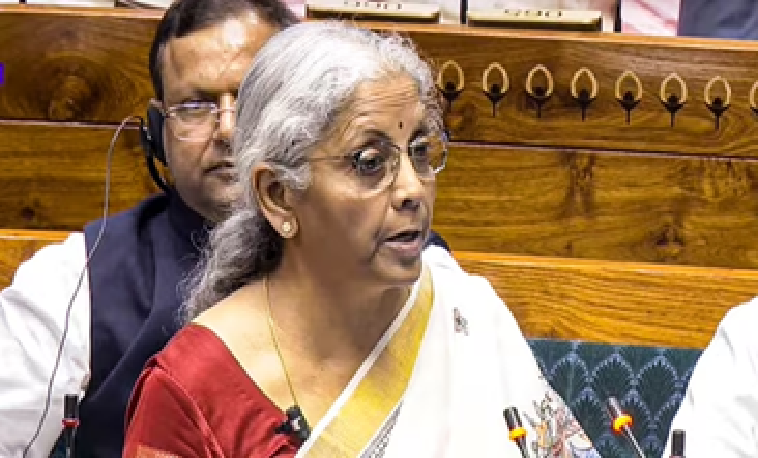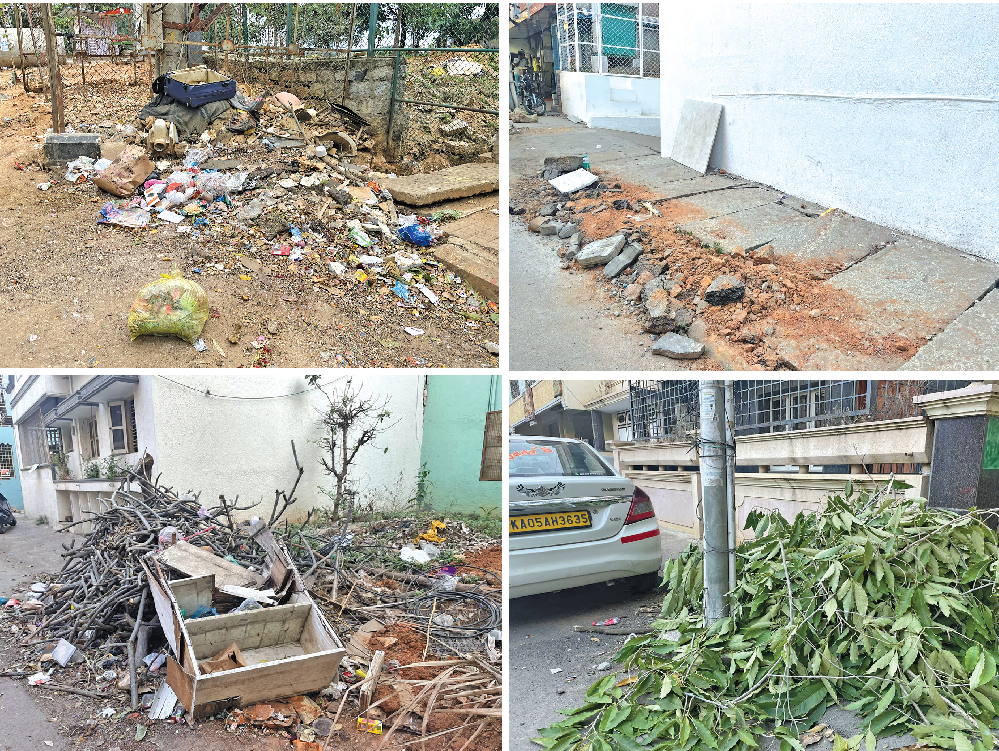
Varthur’s pain: Rapid urbanisation has led to infrastructure challenges
NT Correspondent
Bengaluru: Ward 149 in Varthur, part of Bengaluru’s rapidly expanding Mahadevapura zone, exemplifies the city's growth struggles. With areas like Whitefield and Kadubeesanahalli falling under its jurisdiction, Varthur has witnessed a boom in infrastructure development, including roads, flyovers and metro lines, aimed at managing the growing population and traffic. However, these advancements have brought their own set of challenges.
The problem at hand: Rapid urbanisation has led to severe traffic congestion, especially during peak hours, as the increasing number of vehicles outpaces the area's infrastructure. Water scarcity remains a perennial issue, particularly in the dry months, while poor waste management adds to the woes. Overflowing garbage bins, improper disposal methods and public urination create unhygienic conditions, posing health risks.
Damaged footpaths, inadequate street lighting and missing sidewalks further endanger pedestrians. Environmental degradation is another pressing concern. Lakes in the region, once sources of beauty and biodiversity, are now victims of pollution and encroachments, highlighting the neglect in preserving the area’s natural assets.
The consequences: The unsafe conditions in Varthur extend beyond inconvenience they pose significant risks to public health and safety. Overflowing garbage bins and improper waste disposal have turned parts of the ward into breeding grounds for mosquitoes and other vectors, leading to a noticeable increase in diseases such as dengue and chikungunya. Furthermore, the lack of proper pedestrian infrastructure, including damaged footpaths and inadequate street lighting, has made walking a perilous activity, particularly for children and the elderly.
Environmental degradation is another pressing issue. Varthur’s once-pristine lakes, which were key to the area’s water supply and ecosystem, have suffered from years of pollution and neglect. Encroachments and untreated sewage have reduced these water bodies to shadows of their former selves, leading to a declining water table and affecting local biodiversity. The loss of these lakes has not only hurt the environment but also diminished the overall quality of life for residents, who once relied on these natural resources for recreation and sustenance. The community’s growing frustration reflects a broader concern about the disconnect between rapid urbanisation and sustainable development.
While the BBMP has announced plans to address some issues, residents believe that the pace of action is too slow and that a more comprehensive approach is required. Until then, the people of Varthur remain united in their efforts to hold the civic body accountable, determined to transform their ward into a safer and more livable space.
The path forward: Despite the current state of affairs, there is hope for improvement. A BBMP official stated that repair work is in the pipeline: “Road repairs in Mahadevapura, including white-topping projects, are planned by March-end. Additionally, we have introduced the use of an 'Ecofix mixture,' derived from industrial waste, to fill potholes more efficiently.” While these measures are promising, the path forward requires more than quick fixes.
Experts suggest that sustainable urban planning, community involvement and stricter enforcement of civic norms are essential. Water conservation measures, like rainwater harvesting and improved waste segregation practices, can mitigate the environmental toll. "Citizen-led initiatives also play a crucial role. We must continue to demand accountability while working with local authorities to identify and address specific issues. The successful transformation of Mahadevapura into a livable urban space will hinge on a partnership between residents, the BBMP and other stakeholders," said a long-time resident who is part of the RWA.
Varthur stands as a reminder of Bengaluru’s growing pains, but with collective effort and sustainable planning, it has the potential to become a model for balanced urban development.
 English daily published in Bengaluru & Doha
English daily published in Bengaluru & Doha






